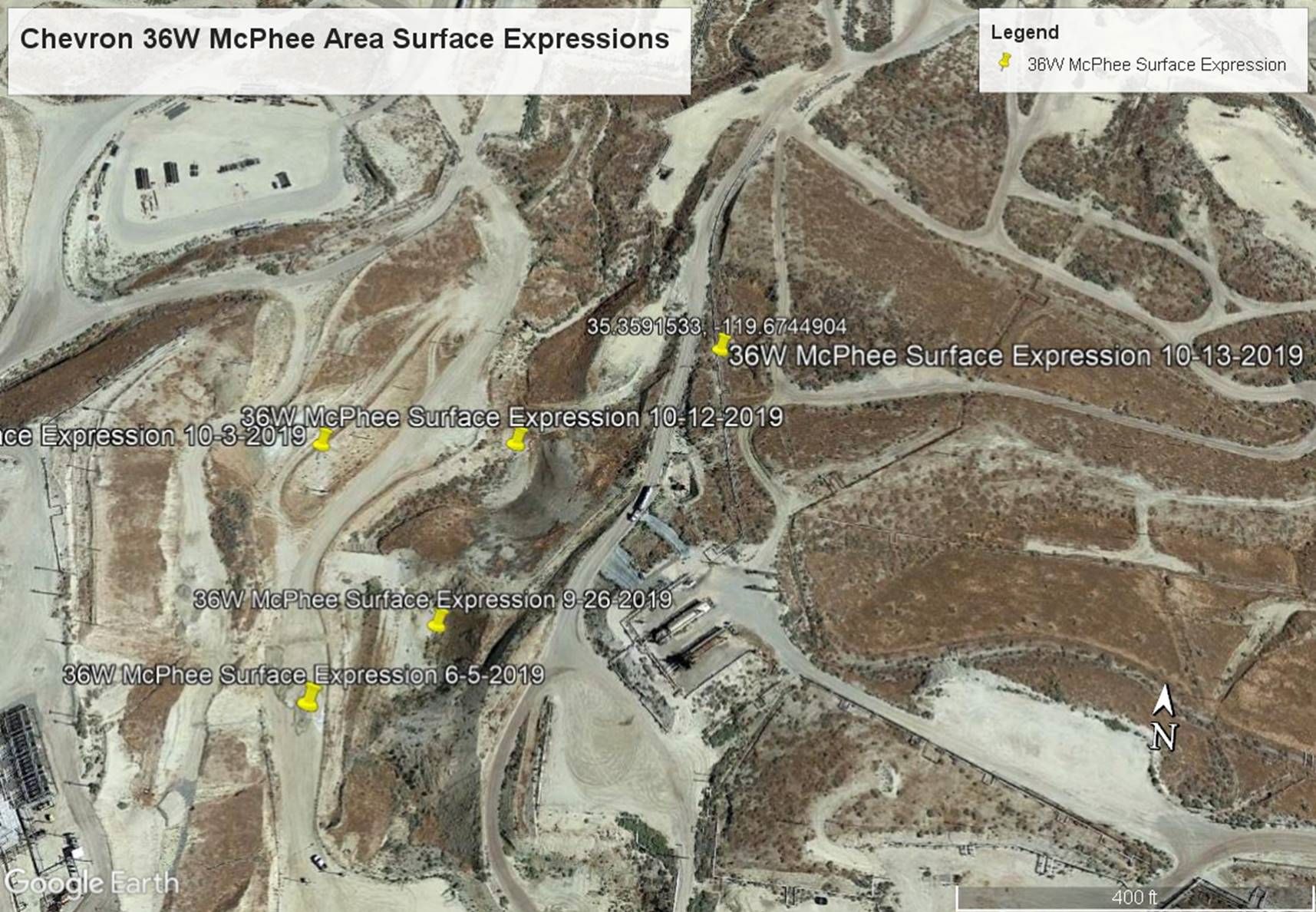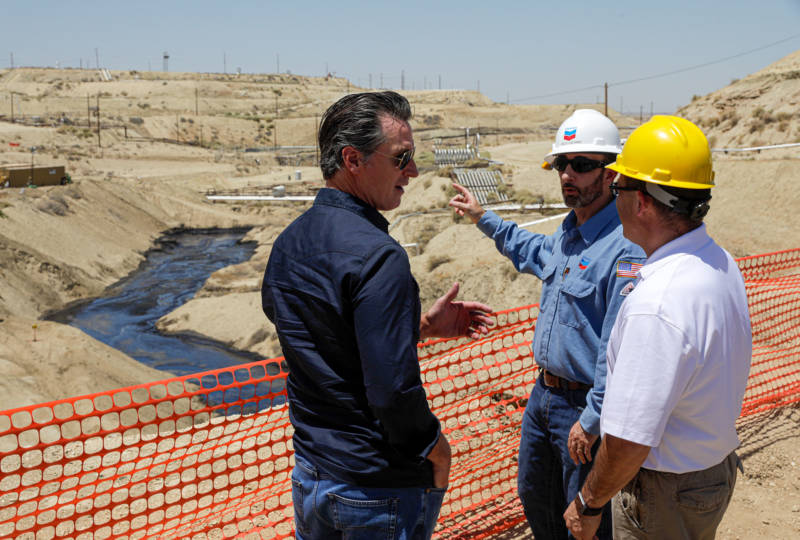California's Office of Spill Prevention and Response (OSPR) has sent crews to each of the new oil releases, according to Department of Fish and Wildlife spokesman Eric Laughlin.
"We are still out there overseeing cleanup of the two areas," Laughlin said, adding that the oil had spread approximately 700 feet into the nearby stream bed.
As it has for other oil releases in the field, Chevron is restricting access to the spill site, installing lights and a propane cannon to keep wildlife away, according to Schilling.
Environmentalists who've followed Chevron's problems in the Cymric Oil Field said the weekend spills raised a new round of concerns.
"We can clearly see the issues in this region with practices such as steam flooding and injection to extract crude is a growing problem," said Gustavo Aguirre Jr., a Bakersfield project coordinator with the Central California Environmental Justice Network.
"The question is for how much longer will we continue to dam off these stream beds from oil spills as the rain season is upon us? This is creeping into a disaster that we need to control right away," Aguirre said.
Hollin Kretzmann, an Oakland-based attorney for the Center for Biological Diversity, laid blame on DOGGR and called on Gov. Gavin Newsom's administration to revoke Chevron's oil permits, close down the company's wells and move away from fossil fuel production.
"These spills keep happening in California because our regulators haven't gotten tough with the oil industry," Kretzmann said. "Relatively meager fines won't stop some of the world's richest companies from making big money while contaminating our state's air and water."
The new spills began shortly after Chevron appealed a $2.7 million fine issued by DOGGR in connection with a separate spill of close to 450,000 gallons of crude into a stream bed that took place between May and July in the same oil field.
On Friday, OSPR announced that the months-long cleanup work associated with that spill, in an area known as 1Y, was complete. The 1Y incident led to the death of four oiled birds.
New regulations went into effect in April, barring the oil releases. State lawmakers plan to hold an oversight hearing on the spills this winter.
Correction: This story previously reported that the recent leaks in the 36-W area were 750 feet away from the years long GS-5 spill. It was updated to state that the two sites are close to 2,400 feet apart.


